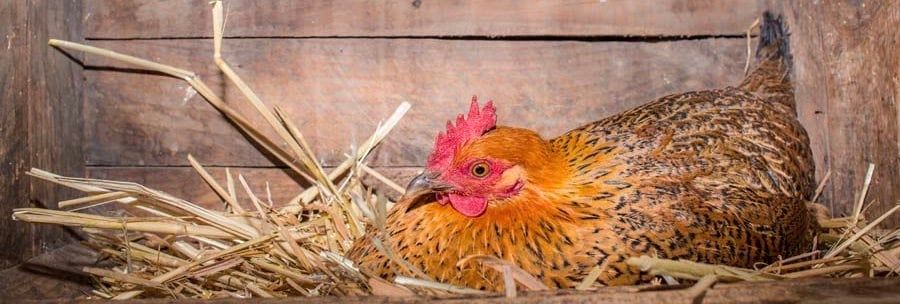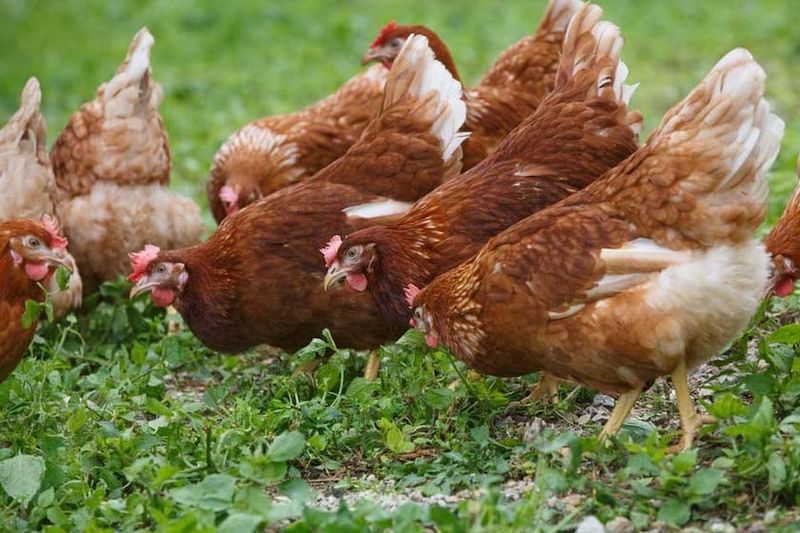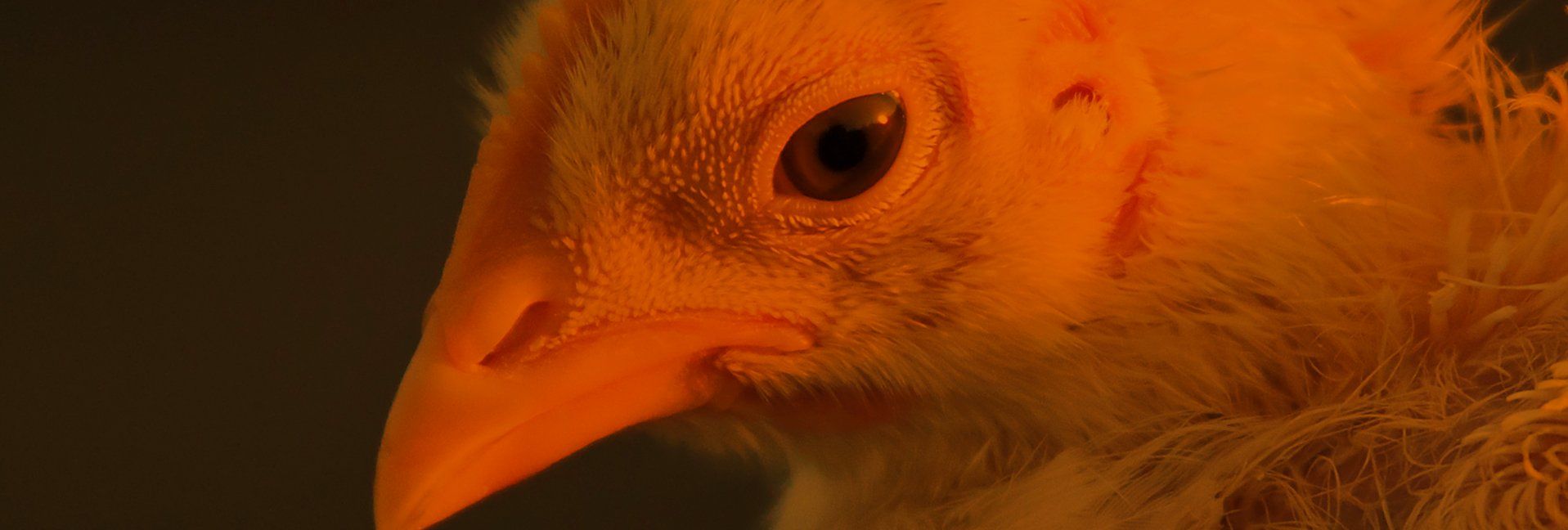Help! My Chicken is Egg Bound!


How to identify and prevent this emergency condition
Egg binding, or having a retained egg, describes a situation where an egg is physically stuck inside the hen. When hens are “in lay” they should lay an egg approximately every 25 hours. (Note: hens will often “skip” a day as the time to lay gets later and later in the day.) While egg binding is rare, it should be treated as an emergency since the inability to resolve the problem can result in death. This article is intended to give you relevant information on egg binding and most importantly how to avoid it!
What are the clinical signs?
When your hen is egg bound, your hen may appear weak, show no interest in moving or eating, have a “panting” respiratory rate, and may have some abdominal straining. One or both legs may appear lame due to the egg pressing on the nerves in the pelvis. In most cases, the egg is palpable in the abdomen and the cloacal region is often swollen.
Feces often appear to look like diarrhea due to the cloacal relaxation associated with egg laying. However, in some smaller breeds the birds may be constipated due to the egg interfering with normal defecation. All of these clinical signs can be reversed if the retained egg is passed.
What causes hens to be egg bound?
Egg laying is metabolically demanding and hence requires large expenditures of protein and calcium, among other nutrients. Lack of these nutrients can predispose egg laying hens to egg binding. In addition to poor diet, egg binding is also common in hens that are first time egg layers or hens that are prolific layers. While egg binding is not considered a common problem, it is thought to be the most common and severe in smaller breeds such as bantams.
Of the above causes (i.e. diet, age and size), the one that we can control as backyard poultry owners is diet. Therefore, feeding your chickens a balanced and appropriate (i.e. starter feed and layer diet) commercially available diet is the most important thing backyard poultry owners can do to help their birds maintain their health and minimize the risk of egg binding.
As an example of how important it is to have a balanced poultry diet, chickens are unable to make the amino acids methionine and lysine (the building blocks of proteins), which means it is essential they have a diet with the proper amounts of those amino acids for their health and for proper egg production. Feeding improperly balanced diets including large amounts of chicken scratch and “scraps” can result in disease which can manifest into welfare issues and production deficiencies.
The best approach is to keep an eye on your birds. A properly fed chicken should have full, healthy feathers (assuming the hen is not molting), not be obese, and producing eggs regularly (again assuming the hen is not molting).

What should you do?
The egg should be palpable in the abdomen. So gently palpate the abdomen to see if you can feel the egg. However, be gentle:
- If the egg breaks inside the hen, the hen can die from the resulting infection (e.g. bacteria such as E. coli now have food and a nice warm temperature to grow under).
- If the egg is poorly calcified (often due to a dietary lack of calcium), it may not be palpable but the abdominal region will still be moderately swollen and soft.
Other potential problems instead of being egg bound is an abdominal mass or an abdominal infection (i.e. peritonitis) which can result from a cracked egg in the abdomen. One way to confirm the diagnosis is via radiographs (i.e. x-rays). The advantage of going to a veterinarian is that they can differentiate these more easily and offer supportive care such as intravenous fluids, additional calcium, vitamins, antibiotics, and the hormone oxytocin to promote egg passage.
If necessary, veterinarians can also try the insertion of a syringe into the egg followed by the aspiration of the egg contents and careful implosion and removal of the egg. This can be very dangerous and needs to be done not only by a veterinarian but by a veterinarian trained in this type of procedure. Note: As a veterinarian myself, I would not be comfortable trying this on my own.
There is not a lot of scientific literature on the efficacy of this approach and other similar procedures such as the surgical removal of the egg. That said, the egg still needs to be removed to avoid infection and other secondary problems that result lameness and GI problems, including constipation. Because the overall prognosis is usually poor and hens that are egg bound once are more likely to become egg bound again, it is appropriate to consider euthanasia.

What can I do without going to the veterinarian?
Moist heat (between 90° and 100° F.) and lubrication are probably the best alternatives. Once you have made the presumptive diagnosis that your hen is egg bound, you can lubricate the cloaca and place the hen in a warm moist environment such as an incubator containing wet towels. You can also try placing the hen’s back end in a warm bath for five to ten minutes.
If the hen has no appetite, a solution of oral sugar water may be given. Additionally, you can offer supplemental calcium along with vitamins A and D3. As always, provide water that is clean and easily accessible. Also, be aware of misdiagnosis. The hen may actually not be egg bound and you may be dealing with a different problem altogether.
What’s the big picture?
Although rare, if a hen is truly egg bound and the egg is not removed the hen will most likely die within 48 hours or less. Remember, egg binding should not be a common occurrence in hens that are fed and handled properly. Often this diagnosis can be made incorrectly when a hen dies and the egg is found in the reproductive tract during a necropsy (i.e. animal version of an autopsy). Often, the hen has just died of something else before the egg has passed.
Regardless of the problem, keep an eye on your flock by “walking your flock” at least twice a day. Knowing what “normal” looks like is fundamental toward identifying when your chickens are acting “abnormal” which is the first step toward identifying disease.
Tags:Pitesky's Poultry

Chicken Whisperer is part of the Catalyst Communications Network publication family.












